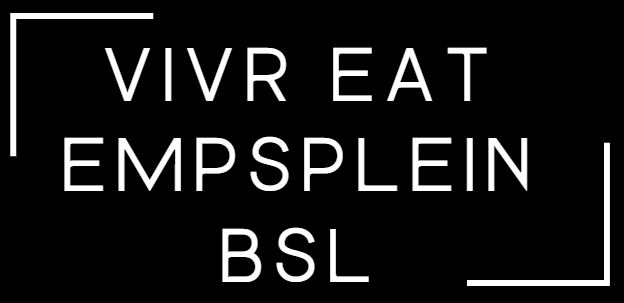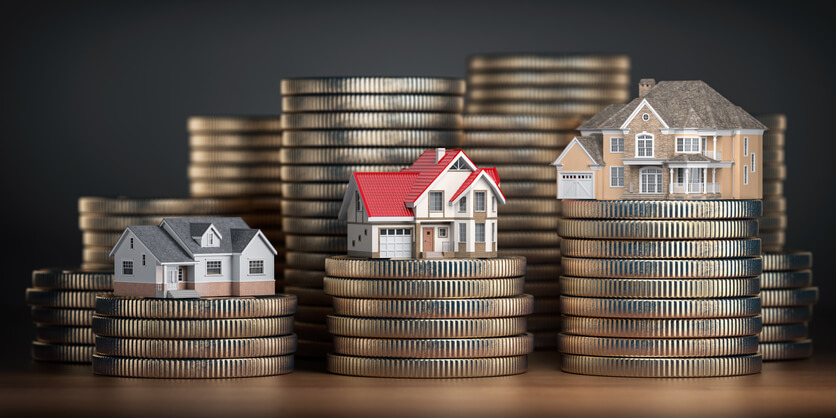Saving for a down payment is a key component of the home-buying process. Many factors affect your ability to buy a house, such as the value of the property, your credit score, and the down payment that you need to cover closing costs. To make things easier, you can use a calculator to estimate the amount of money needed to purchase a new home. Once you have the estimated amount, you can begin looking for ways to pay for the down payment.
As you save money for the down payment, keep in mind that you may have other financial obligations at the same time. These might include major car repairs, a replacement car, uncovered medical expenses, or a temporary job loss. It’s better to set aside a small amount each month than to let the entire goal get out of reach. Developing a savings plan based on monthly goals will help you stay focused and make it easier to save for the down payment.
Before you start shopping, determine your budget. Your down payment will likely be the largest expense of your first home. Even if you don’t have a large down payment, you will need to have cash for repairs, upgrades, and furnishings. Before you begin looking for a house, determine your safe spending limit. Use a tool like NerdWallet’s home affordability calculator to set a range based on your income and expenses.
Once you have a general budget, you should work backwards from the price of the homes you’re interested in purchasing. Look at your gross monthly income and regular expenses. Make a list of all expenses and write down their percentages. Keep a record of where money is going each month. Once you’ve finished with this list, you can start saving for your down payment. You can even get your friends and family to contribute to your down payment if they’d like to!
Generally, people need to put at least 20% down to purchase a home. However, there are ways to save for a small down payment without cramping your style. Acorns is an app that can round up purchases to the nearest dollar and put the difference in your investment account. Even small amounts can add up over time. If you can’t afford a 20% down payment, you can set up automatic deposits from your checking account to your savings.
Your finances will take some twists and turns along the way. You may feel pressured to spend more money than you can comfortably afford. It’s important to remember that a home purchase is a big decision. You can’t afford to make the same mistakes twice. It’s important to stick to a budget and avoid spending more than you can afford. A first-time buyer’s guide can help you navigate the process and prepare for the next step.
Another important part of saving for a down payment is making sure that you have enough money to cover closing costs, which can be anywhere from two to four percent of the purchase price. You’ll also need to save enough to cover monthly mortgage payments, which includes the principal amount and interest, homeowners insurance, property taxes, homeowners association fees, and any unexpected repairs that may occur. After all, this is the biggest investment of your life!



